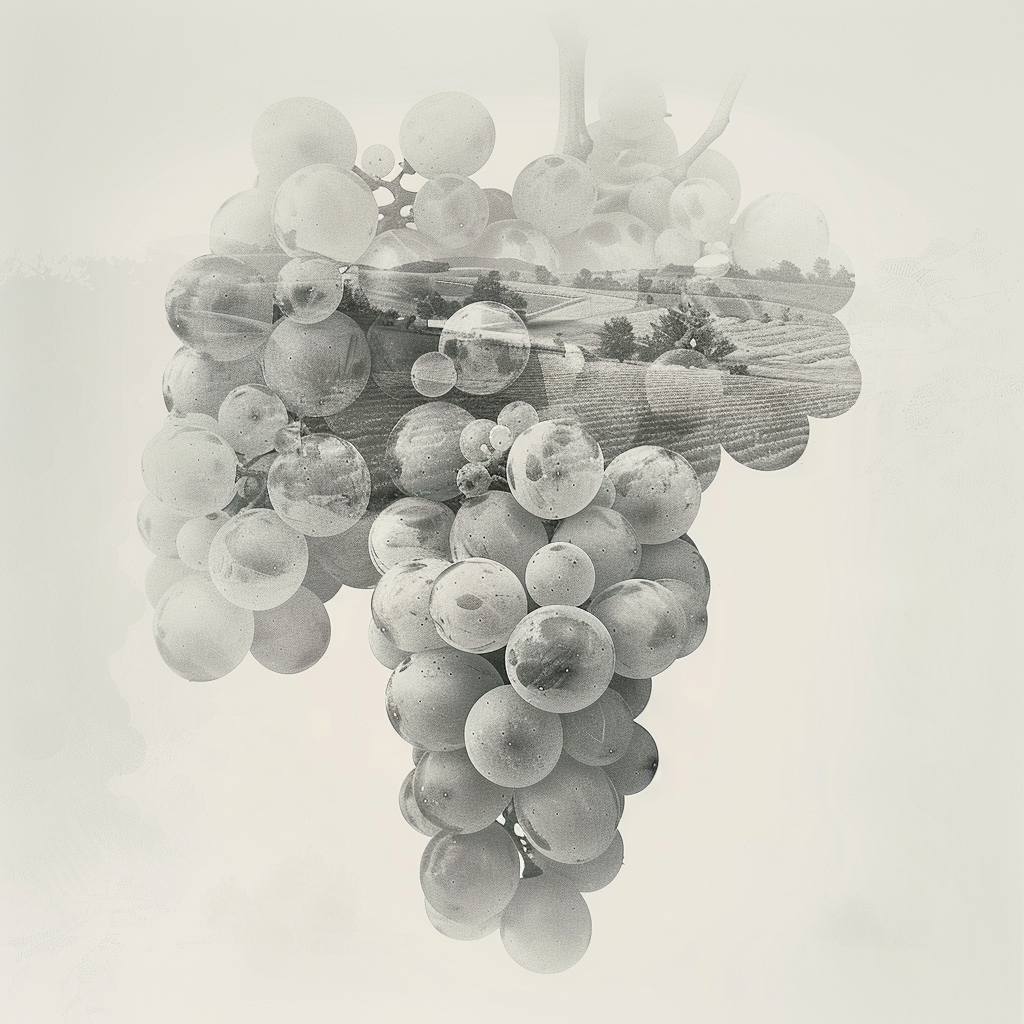Sommeliers, Tried Romorantin? Add This Hidden Gem to Your Wine List!
Romorantin is a white grape variety predominantly grown in the Loire Valley of France, particularly in the Cour-Cheverny appellation.
It is a relatively rare grape, offering unique characteristics distinguishing it from more widely planted varieties. Here’s an in-depth look at Romorantin:
History and Origin
Origin: Romorantin is believed to have been brought to the Loire Valley from Burgundy by King Francis I in the early 16th century.
Ancestry: It is related to Gouais Blanc and Pinot, making it a sibling of Chardonnay.
Viticulture
Climate: Romorantin thrives in the temperate climate of the Loire Valley, particularly in sandy and clay-limestone soils.
Growth: It is known for its vigorous growth and resistance to mildew, although it can be susceptible to other vine diseases.
Winemaking and Characteristics
Acidity: Wines made from Romorantin are notable for their high acidity, which gives them excellent aging potential.
Aromas and Flavors: Typical flavor profiles include green apple, citrus, quince, and sometimes a hint of honey or almond. With age, the wines can develop more complex, nutty, and earthy characteristics.
Styles: Most Romorantin wines are dry, but off-dry and sweet versions are produced.
Cour-Cheverny AOC
Exclusive Appellation: Cour-Cheverny is the only appellation where Romorantin is the sole permitted grape variety, making it a unique destination for enthusiasts of this varietal.
Production: The production area is quite small, contributing to the rarity and exclusivity of Romorantin wines.
Food Pairing
Romorantin wines pair well with a variety of dishes due to their acidity and complex flavors:
Seafood: Oysters, clams, and other shellfish.
Poultry: Roasted chicken or turkey.
Cheese: Soft cheeses like goat cheese or aged cheeses with a bit of tang.
Vegetables: Dishes with mushrooms, asparagus, or creamy vegetable soups.
Notable Producers
Domaine Philippe Tessier: Known for producing some of the most expressive Romorantin wines in Cour-Cheverny.
François Cazin: Another esteemed producer offering well-regarded Romorantin wines.
Conclusion
Romorantin, with its high acidity and unique flavor profile, offers a distinctive tasting experience for wine lovers seeking something off the beaten path. Its history, tied to the French royal family, and exclusive cultivation in Cour-Cheverny make it a fascinating grape variety to explore.

